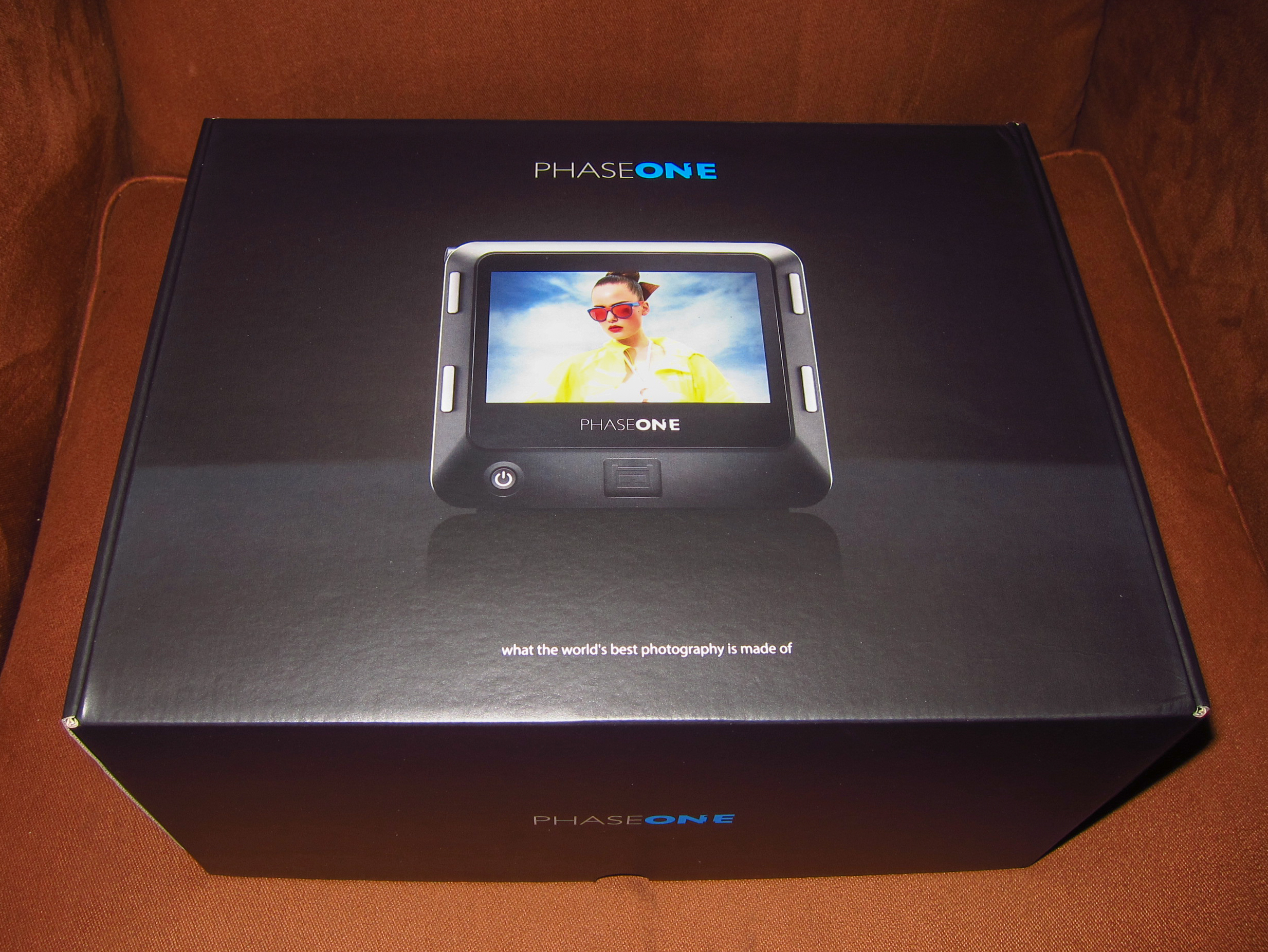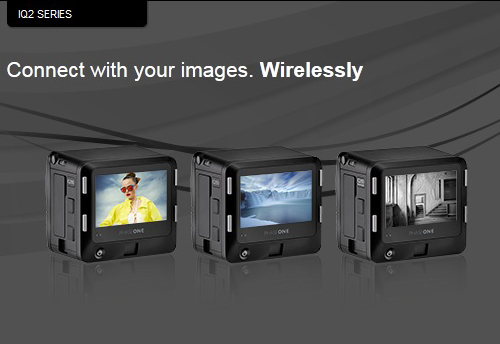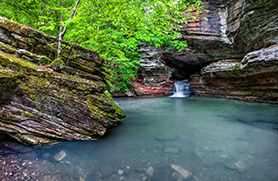01/23/14–Just a bit more information.
Phase one obviously has a camera done as briefly yesterday they has some image posted on the main Denmark website from the IQ250. So at least the name is certain.
It will be interesting to see if this back is full frame or 1:1 like the old P45+ or even 1:3 like the IQ140. Hopefully Phase will be able to continue some development to the IQ260.
The latest rumor is that the Phase One sensor may be made by Canon. To me this would be even more shocking by far as Canon has yet to bring anything new to their 35mm lineup in about 4 years. I don’t count the 5dMKII as that was just a refreshed 21MP sensor that is also in the 5D MKII and 6D. Canon has yet to cross the 24MP barrier and as it’s taken them so long it’s very possible that they do it in great style by bringing a larger 35mm sensor out at the same time Phase One brings the IQ250 (name is a guess and more than likely it won’t be called this since photo rumors already leaked this). I would love to see Canon pull out such a rabbit from their hat and thus allow themselves to become a leader again. My only concern would be that Canon has made some form of revolutionary chip development that allows them to get the same DR at base ISO as Sony did for Nikon’s D800. The Nikon D800 at base ISO of 100 was a major game changer for me.
Original Post Begins Here:
If you believe in large scale rumors, and in reality most rumors are from leaked from fact, then Phase One is set to announce a 50MP CMOS back, the IQ250 soon. Hasselblad may have beaten them to the punch so Phase One may hold off the announcement for a while so that they won’t be seen as a “me too”.
Here is the Link to Photo Rumors.
It was always pretty clear that Phase One was headed this way and I had assumed since around late 2011 that a CMOS back was coming from Phase One, but I also did expect to see 50MP in a medium format chip for another year. Sony has been rumored for months now to be creating a 54MP 35mm chip for a new Sony DSLR and a version of this chip was going to the Nikon D4x. Neither of these have showed anything more than a distant rumor, but now with the Hasselblad, then Phase One news, it’s pretty clear the Sony has been busy.
As the owner of an IQ260, this news from Phase One is a bit disconcerting in that it followed so close on the heels of the IQ260. The main advantage the to the IQ260 was the fact that it would allow for exposures up to 1 hours in length, same as the older P45+. Still the only CCD Medium format backs that allow this. Most other backs in this range will only go to 60 seconds, IQ160 and 1:45 seconds IQ280. Now with a CMOS chip, Phase One or any camera company should be able to have 1 hours exposures or even longer than 1 hour exposures due to the nature of a CMOS chip.
Anyway, the IQ260 possibly took a considerable hit. It may turn out to the be the shortest lived back on the market, as if you have a Sony chip in the this upcoming Phase, then it’s fair to expect:
- Amazing DR at base ISO. This should be the same as the DR of the Sony 36MP chips out currently in the A7r and Nikon D800 family. These chips show an impressive range of DR at their base iso of 50 (Sony) and 100 (Nikon), which allows the photographer to have as much 2.75 stops of exposure. Shadows details that are the most impressive I have seen when pulled up 2 stops and the ability to handle highlights much better.
- Long exposures at 1 hour or longer at the user’s whim, no need to dial in a special ISO 140 like on the IQ260
- Potentially no longer a need for sensor plus which is Phase One’s pixel binning technology on the 60MP and 80MP backs to allow for higher iso shooting. Instead if you extrapolate up from the current 36MP Sony chips on the market today, it would be fair to assume ISO 1600 and maybe even 3200 at full resolution of 50MP with a useable file instead of having to drop down to 1/4 of the total resolution which is how it works with sensor plus.
- Color rendering differences between a CCD and CMOS. This seems to be one of the only remaining advantages that CCD’s have over a CMOS chip. Many photographers seem to feel that the CCD can render tones better i.e. skin tones or green hues. I actually have not personally seen any measurable differences between the Nikon 36MP CMOS and IQ160 or 260 in my work. I also feel that most of not all of the “implied differences” are going to be lost when the image is printed or even worse placed on the web. To me this is a moot issue.
- The perceived gap between 50MP and 60MP will not be that great especially since the newer CMOS back most likely will have a workable live view from the back’s LCD, which on an IQ back is stellar.
- Will Phase One continue to improve the image quality of the IQ260? This was one of the main reasons I moved to the 260 vs staying on the 160
As the owner of a IQ260 purchased in August of 2013, am I concerned by this announcement? In two words, YOU BET!.
Financially, the value of the IQ260 just took a hit. If a 50MP CMOS back with the same features that all current IQ backs have is brought to the market, I dare say it will be the end of the IQ260. If this same technology had been brought out in a 40 to 45MP size, then that may to be as true. CMOS should actually work better for both types of shooters, tech camera and Phase One DSLR bodies in that you should expect to see these types of improvements:
- Faster frame rates, so the user of a DF+ body or follow on body would enjoy the ability to possibly shoot some action photography
- Real Live View from the back’s LCD, if you are the user of a Tech camera like I am, then you already know just how important this will be
- Much better AF since most new CMOS chips are starting to incorporate a phase detect AF system on the actual chip so both fast and more accurate AF may be possible
- Considerably cleaner files at base ISO and I can’t state just how important it would be to have a medium format back with the shadow range of the Nikon D800
- Possibly faster activation times on the back i.e. on/off, loading of images on the screen, faster write times to the card
- Better overall use in colder weather
I can’t blame Phase One for this announcement as a company they have to stay competitive. However I do tend to fault the lack of overall information that seems to be passed down to the average user. This can be pointed to both Phase One and the dealer channel.
I don’t understand why both Phase One and dealers can’t use a non-disclosure type of agreement, and they might but it seems only in limited offerings. This type of decision is a huge one for a company of my size and knowing that such a product would announced inside of 9 months from the delivery of my IQ260 would have been most helpful.
But more importantly what does this say for any more development to the IQ260 and image quality. In the past with the P45+ and P65/IQ160, Phase One made many firmware updates that provided better image quality from the first ship date. In fact Phase One has been one of the only camera companies I have seen that has continued to improve on a back/camera after the first ship. Nikon and Sony both are pretty much done at ship, I have never seen any firmware updates from them that improve image quality, where as Canon has made some impressive updates, notably on the 5D MKII, 7D, and 6D.
I bet with my purchase that Phase One would give at least one more firmware update to the IQ260 that allowed for a bit cleaner files at base ISO. So far nothing like this has occurred and now with the launch of the IQ250, it may never happen. Phase is a small company with limited resources and a new CMOS back will take a lot of their focus.
I would expect to see this 50MP CMOS out sooner than later as Hasselblad has taken a lead and there are only so many qualified customers at this price point.





Recent Comments